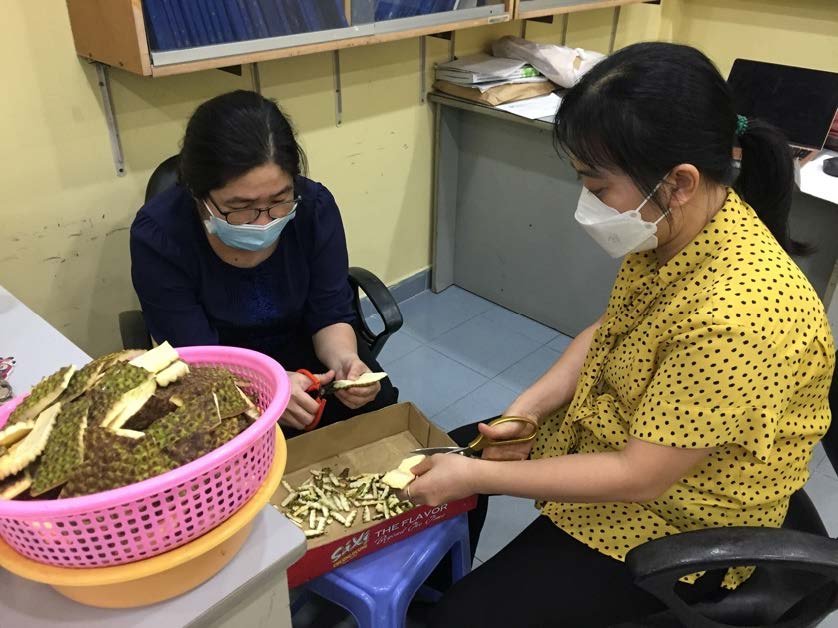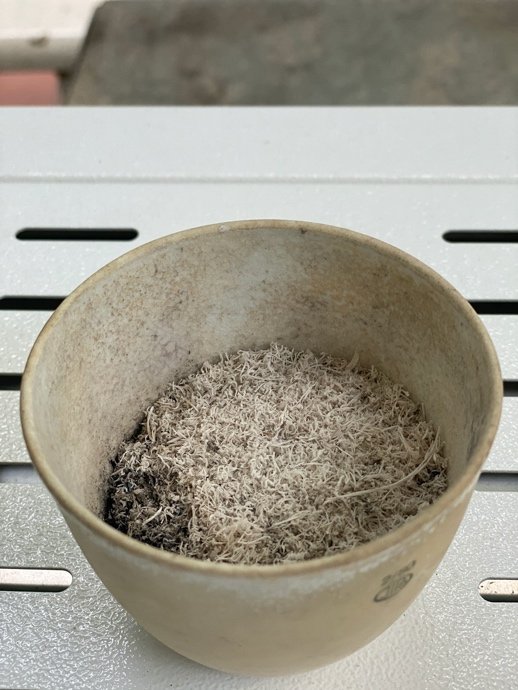|
Cycle 9 (2020 Deadline)
Biochar facilitated bioremediation: a green solution for dioxin/furan pollution
PI: Dang Thuong Huyen (huyen1982@hcmut.edu.vn), Ho Chi Minh City University of Technology
U.S. Partner: Karl Rockne, University of Illinois at Chicago
Project Dates: June 2021 - June 2024
Project Overview
Agent Orange was used to defoliate more than 31,000 km2 of forest in Vietnam. Polychlorinated dibenzo-p-dioxins and polychlorinated dibenzofurans formed during the manufacturing process, together with co-contamination by other chemicals and heavy metals, have resulted in widespread contamination of soils across the country. More than 35.42 million liters of Agent Orange, Agent White, and Agent Blue were transported and stored during the Vietnam War, and the most widely used of these agents was Agent Orange, resulting in dioxin hotspots at airbases where the substance was stored and transferred.
This PEER project focused on the Bien Hoa site, given its proximity to the Ho Chi Minh City University of Technology (HCMUT) and the team’s extensive experience working on bioremediation efforts at this location. High concentrations of dioxins have been observed at several boreholes obtained from the site, and earlier results demonstrated that the greatest concentrations were due to defoliants in a restricted zone within a few meters of the surface. The PEER team sought to address this problem through a collaboration between HCMUT and the University of Illinois at Chicago on a green, circular economy solution using plant-based biochars sourced from waste stocks. The team investigated how the beneficial properties of biochars to sequester hydrophobic pollutants and facilitate electron transfer to microbes living on/near the organic matter surface can be optimized for improved bioremediation of PCDDs/TCDDs
A significant added benefit of this approach is its promotion of circular economies by using the waste product of one industry (by-products from coffee, straw, and other agricultural feedstocks) to solve a problem in another industry. Vietnam generates a huge amount of agricultural waste, which is often disposed of in landfills or burned.
 |  | | Team members prepare jackfruit and durian rinds. | Rice husk biochar production Photo credit: PI Huyen |
Final Summary of Project Activities
The researchers collected samples of coffee husks and jackfruit peels in the Central Highlands, as well as rice husks, coconut shells, and durian rinds in the Mekong Delta. After converting the materials into biochar using a high-temperature furnace acquired with PEER funds, they characterized the biochars for various parameters (gravimetric, chemical, Boehm titration, aqueous extraction, polycyclic aromatic hydrocarbons, and pesticides). In preparation for the soil-related aspects of the work, they attended safety courses in soil sampling with the support of Trigon Associates and subsequently analyzed approximately 70kg of dioxin-contaminated soil collected from two areas at the Bien Hoa airbase.
The PI Dr. Huyen and her colleagues then collaborated with Can Tho University to carry out experiments on dioxin biochar treatment using aerobic methods. They selected two types of biochar synthesized from coconut shells and rice husks at two different temperatures and tested them for a shorter period (15 days) to evaluate the processing potential. The longer treatments took two months, with researchers taking samples every 20 days to analyze dioxin and microbial DNA levels. The researchers found that although remediation occurred even without biochar, the addition of biochar yielded better results. Rice husk biochar proved more effective than coconut shell biochar and high-temperature pyrolyzed biochar showed better remediation efficacy compared to low-temperature pyrolyzed biochar.
The PEER team conducted seminars with students about dioxin to teach them about the projects and overall awareness of the pollution issue. They also presented their research results to the Shimizu Corporation and Bandung Institute of Technology (ITB) in Indonesia, a workshop on the circular economy, and conferences focusing on dioxin. They collaborated and shared soil samples with other PEER projects focused on dioxin in Vietnam. The research team has submitted or is working on several academic articles, including conference proceedings. The PI is part of three additional teams that have received nearly $2 million in grant funding for their work.
Five student members of the team have now graduated as engineers, and the project sponsored an undergraduate and a PhD student pursuing dioxin treatment issues. The equipment purchased with PEER funds has enabled the team to conduct a series of studies on the use of biochar to address other environmental issues in Vietnam as well. The pyrolysis of agricultural residues from five types of waste (coffee husks, coconut shells, rice husks, and durian rinds, and jackfruit peels) and subsequent morphological, physicochemical, heavy metal, and organic pollutant risk analysis of the biochar produced have demonstrated its vast application potential.
Back to PEER Cycle 9 Grant Recipients
|
|
|
|





